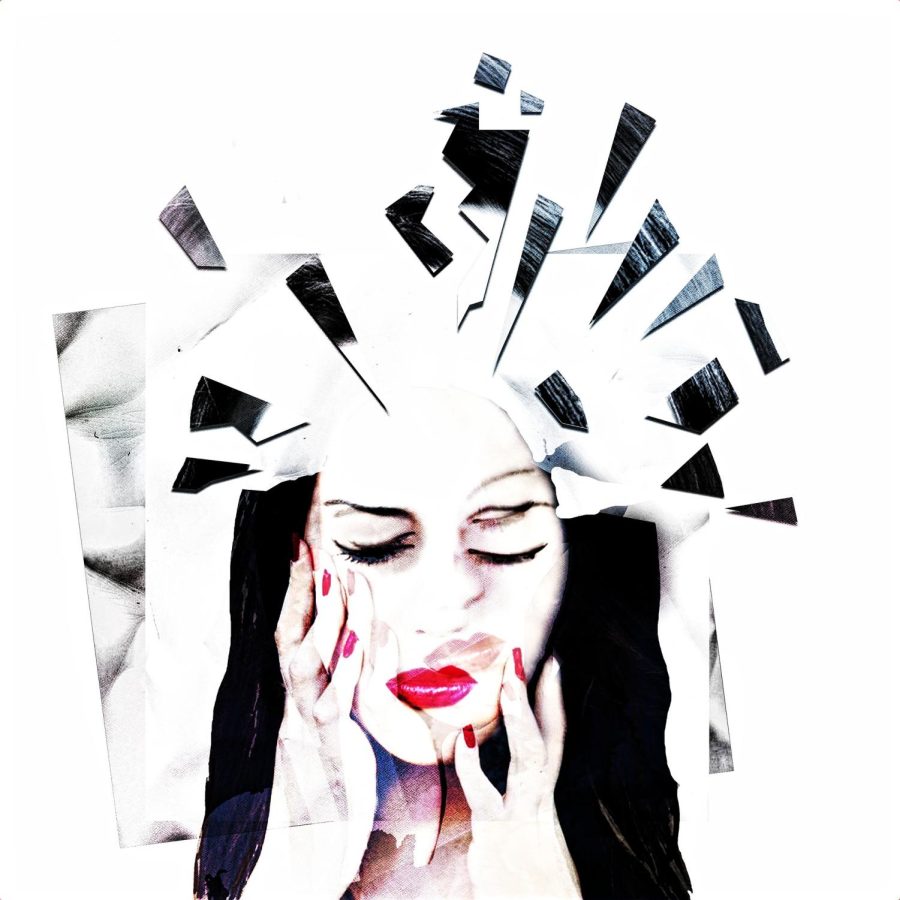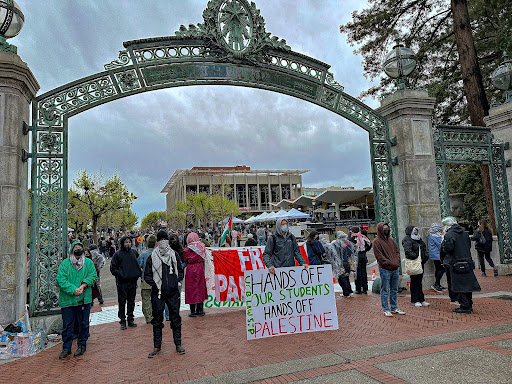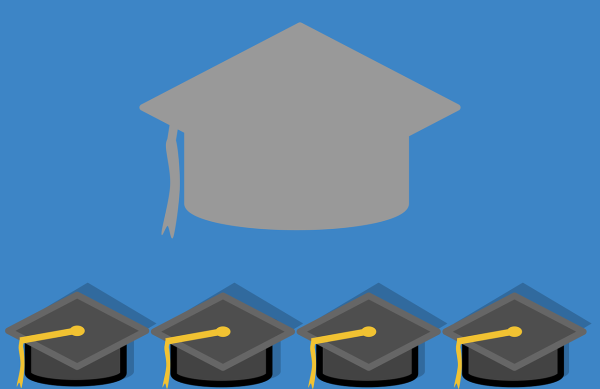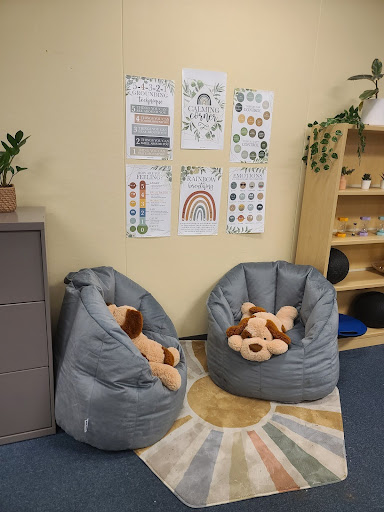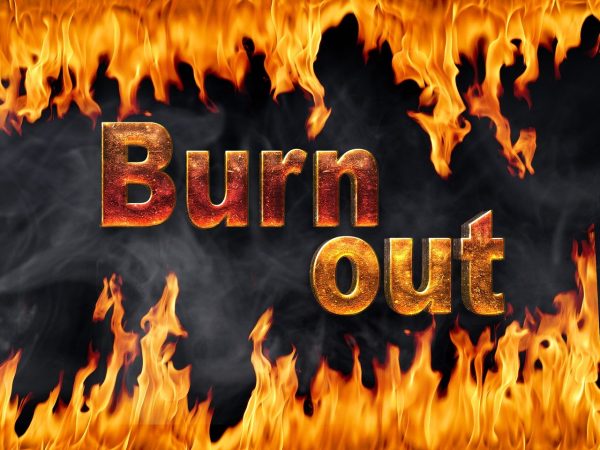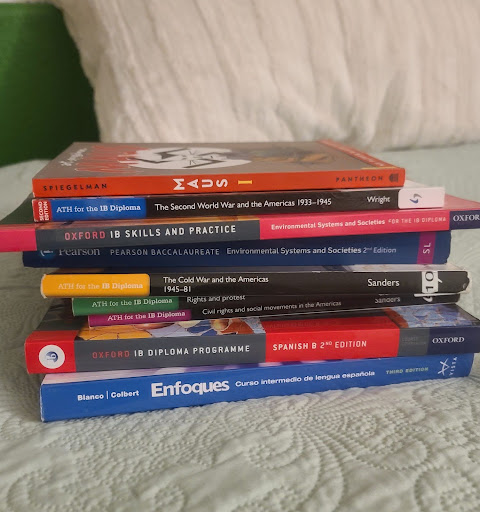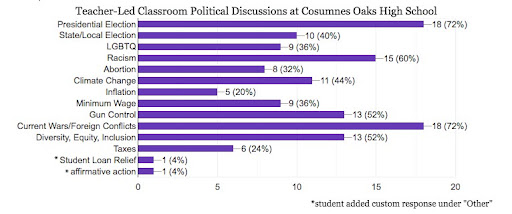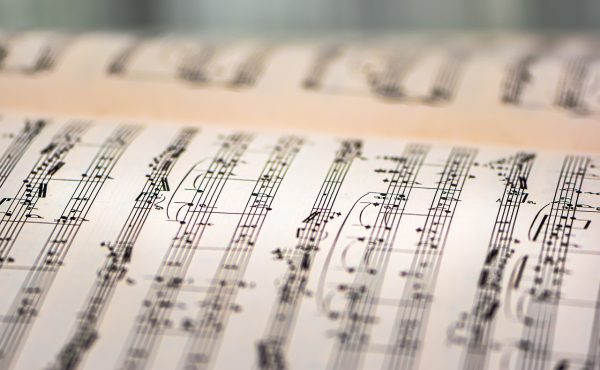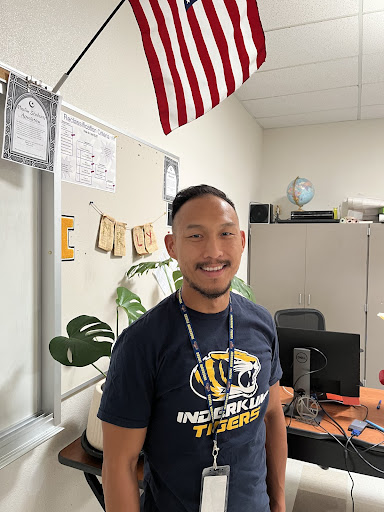COVID pandemic increases mental health needs on high school campus
January 24, 2022
This year, a Peer Mediation Group was made available to students at Mira Loma High School to support mental wellness. This group of students help their peers resolve minor conflicts and problems and steer them to resources for larger issues.
The program is launching in the wake of a nationwide spike in youth mental illness.
The COVID-19 pandemic has brought youth mental health into the spotlight as many children and teens have found themselves isolated from friends and dealing with greater stress ‒ especially during periods when schools have gone remote.
The number of minors struggling with mental health has been climbing, according to Mental Health America (MHA) National, a nonprofit dedicated to promoting mental health. In 2021, 206,000 more youths (age 12-17) have experienced major depressive episodes in the United States compared to 2020. Most of these young people ‒ 59.6 percent ‒ do not receive any mental health treatment, according to MHA.
According to the National Alliance on Mental Illness (NAMI), the largest grassroots mental health organization in the US, 50 percent of all lifetime mental illness begins by age 14, and 75 percent by age 24. In other words, a lot of people who experience mental health challenges are likely to experience them before finishing high school.
Aaima Arshad is a junior at Mira Loma High School and a peer mediator. She explained that in order to become a peer mediator, training was mandatory.
“During school, we had to do mock mediations in groups and were put in the positions of both the mediator and the person having the conflict,” Arshad says, “This helped us understand what it means to be in the role of a mediator and what the person with the conflict is going through, while also helping us gain experience in being a mediator. But before all of this, we were taught the process of mediation and were shown several videos of mock mediations.”
While mock mediations are a great way to understand the process of peer mediation, Prachiti Kamle, a junior at Mira Loma High School and peer mediator, described the meaning behind the style of training.
“We had a 2 day training in which we covered a variety of topics to help us better help students who come to mediation,” Kamle says, “A lot of our training was focused on understanding why people may feel a certain way, and how to help them convey these emotions and feelings in a respectful yet impactful manner, since sometimes the conflict could just be a misunderstanding between peers. After that, we specifically focused on methods of reaching a compromise or mutual agreement, hopefully helping both sides see why the other feels the way they did, and what they both can do in the future to resolve the issue.”
There are many reasons for why high school students would want to take on the role of being a peer mediator to help out other students in their school community. For Arshad, it was the ability to gain experience in the medical field while giving back to her community.
“I feel like it is a great way of helping others and getting back to the community. I also possibly want to be a psychiatrist in the future, so counseling or being a help to others let’s me try out some aspect of counseling,” Arshad says, “I generally like the idea of being able to be there for others in times of need and being able to resolve conflicts would act as a way to do that. I also think that things as such help you gain experience in not only mediation and being there for others, but also being able to solve your own conflicts because at the end of the day, we all have problems.”
According to Kamle, another motivator for students to take on the role of peer mediator is the opportunity to improve the well being of the school as a whole by helping one student at a time.
“The most valuable thing to me when I am involved in a conflict is when someone is willing to listen (and even offer advice on occasion), as it keeps me from spiraling further into the situation,” Kamle says, “I wanted to be a similar ‘listening ear’ for students at Mira Loma, and helping others become more open-minded makes for a more compassionate and caring school environment in my opinion.”
As this program is starting up, there is lots to be done, especially as the whole world moves out of the pandemic and being socially cut off from everyone else, Arshad states.
“We have not done any actual mediation so far but from what I would assume, people are a lot more distant and would have trouble socializing again.”
There are also some benefits that have come out of the pandemic, Kamle explains. Isolation, in a way, allowed for some other bonds to be strengthened.
“I think the isolation aspect of the pandemic took a major toll on the mental health of my peers and I. It was definitely difficult going from seeing each other every day to barely at all, and many of us are still working on rebuilding that social aspect of our lives,” Kamle says, “These dramatic life changes were definitely not easy for many, especially when we had so much thrown at us in such a short period of time. However, I also know that many people relied on their friends for emotional support even more during the pandemic, creating stronger bonds between them.”
According to Kamle, “Although the isolation was difficult, it allowed for many to reflect on their mental health, and may have provided more opportunities to process emotions and heal.”
For students at school, councilors are always available to meet whenever a problem arises. There are also several crisis hotlines like The Source by the Sacramento Children’s Home, the Crisis Text Line, and the National Suicide Prevention Lifeline for youths to get help, or when they just need someone to talk to.

